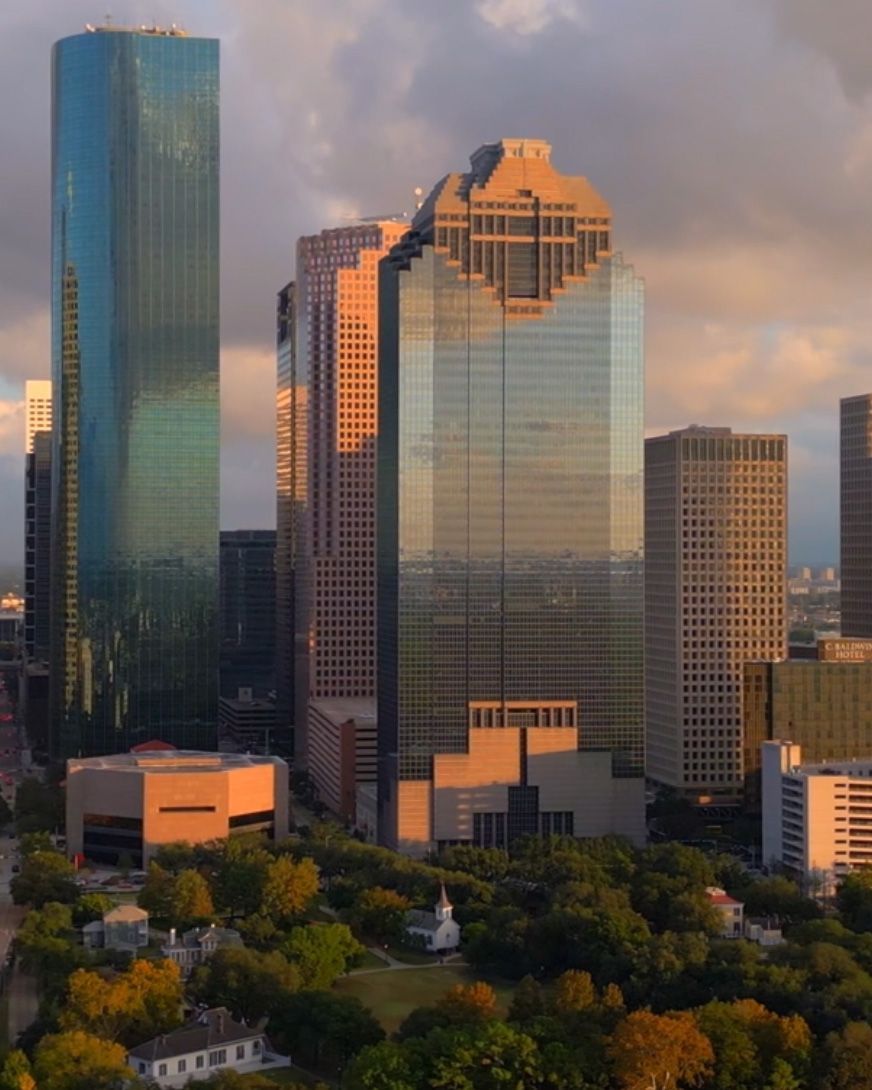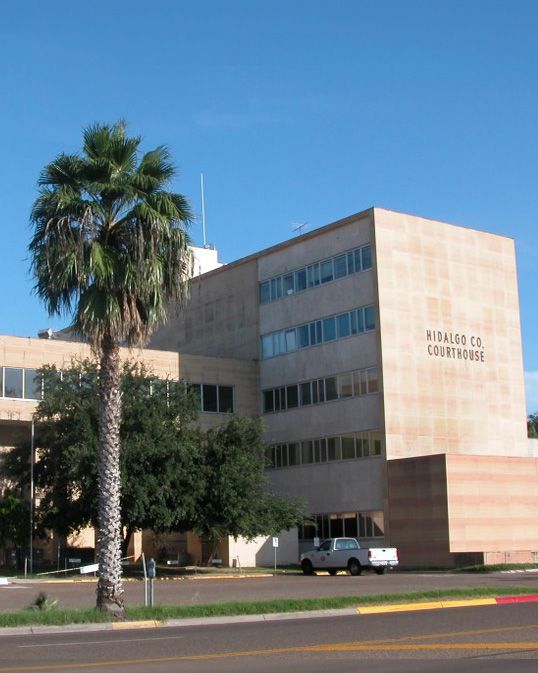Motorcycle Safety at Dusk and Dawn
LAW BLOG •
Motorcycles are great fun to ride, but they are also vastly more dangerous than enclosed passenger vehicles that have safety features protecting drivers when motorcycle accidents happen. Many risk factors make motorcycling more dangerous than driving a typical car and one of the most dangerous and most common is riding in low light. Motorcycling at dawn and dusk present several significant risks that all motorcycles should acknowledge.
Make Yourself More Visible
Riders should ensure their bikes are as visible as possible in low-light driving situations. This means keeping track of headlights, taillights, and turn signals and addressing any issues promptly. It’s also a good idea to keep spare bulbs in a storage compartment of the bike for every ride. Dirt, bugs, and other debris may cake the headlight and reduce visibility for the rider. A defunct taillight can make it impossible for a driver behind the bike to notice the rider in low-light situations.
Reflectors also help riders be more visible to passing drivers. Consider attaching reflective tape to your motorcycle helmet and jacket, and make sure to regularly check the reflectors on your bike. Replace damaged or destroyed reflectors as soon as possible and be sure to position them correctly on your bike for maximum visibility.
Maintain Your Own Visual Range
Many motorcyclists have full-face helmets that come with shatterproof visors. Darkened or sun-tinted visors can help reduce glare and improve a rider’s visual range during the day, but these visors may be a liability at night and restrict a rider’s vision. Consider purchasing an additional clear visor for your helmet or keep an extra helmet with a clear visor ready for when you need to ride at dusk or dawn. You can also keep a pair of shatterproof glasses with you, so your darkened visor won’t restrict your vision.
Stretch Your “Buffer Zone”
You should always keep a buffer zone between your vehicle and the next one in front of you, no matter what type of vehicle you drive. Many drivers follow the rule of thumb of one car length per 10 mph of driving speed. For example, when driving at 30 mph, it’s a good idea to keep three car lengths of space between your vehicle and the one in front of you, so you have ample time to stop in case the driver in front of you suddenly stops.
It’s a good idea for motorcyclists to increase their following distance at night. One car length per 10 mph may be enough during daylight hours but may not be enough at night. Stretching your following distance gives you much more time to react to other drivers’ actions and allows you to spot road hazards more easily.
Watch for Wildlife
Many animals are active at night, and the risk of encountering dogs, raccoons, deer, and groundhogs on the road is higher at night. If you are traveling anywhere where wildlife on the road could be a concern, reduce your speed while driving at night. A car may hit a raccoon or a groundhog and barely notice it while the same impact could cause a severe accident for a motorcyclist.
Never Ride Under the Influence
Alcohol is a major contributing factor to thousands of fatal motorcycle accidents and serious injuries every year. The National Highway Traffic Safety Administration reports that alcohol contributes to more than 25% of all fatal motorcycle accidents each year. It’s vital to refrain from drinking alcohol or consuming illicit drugs before riding or driving any type of vehicle. The risks of driving under the influence are even greater at night or in low-light situations like riding at dusk or dawn.
These are just a few ways to limit your risk of serious injuries and fatal accidents while motorcycling. Review your area’s motorcycle laws to ensure you meet the minimum insurance requirements and your state’s helmet laws. Although not every state requires riders to wear helmets, doing so drastically increases your chances of avoiding a fatal head injury in an accident.
The post Motorcycle Safety at Dusk and Dawn appeared first on GES Injury Attorneys.
Every state limits the amount of time you have to file a claim.
Don't Delay.
Contact the Attorneys at Gordon & Elias, LLP Today to preserve your right to a recovery.
Contact Us
We will get back to you as soon as possible.
Please try again later.
100% FREE CASE EVALUATION
Free Consultation • No Fee If No Recovery
Houston Office

1811 Bering Dr, #300
Houston, TX 77057
Rio Grande Valley Office

135 Paseo Del Prado, #50
Edinburg, TX 78539
Call: 956.664.9999
Fax: 956.644.1980

